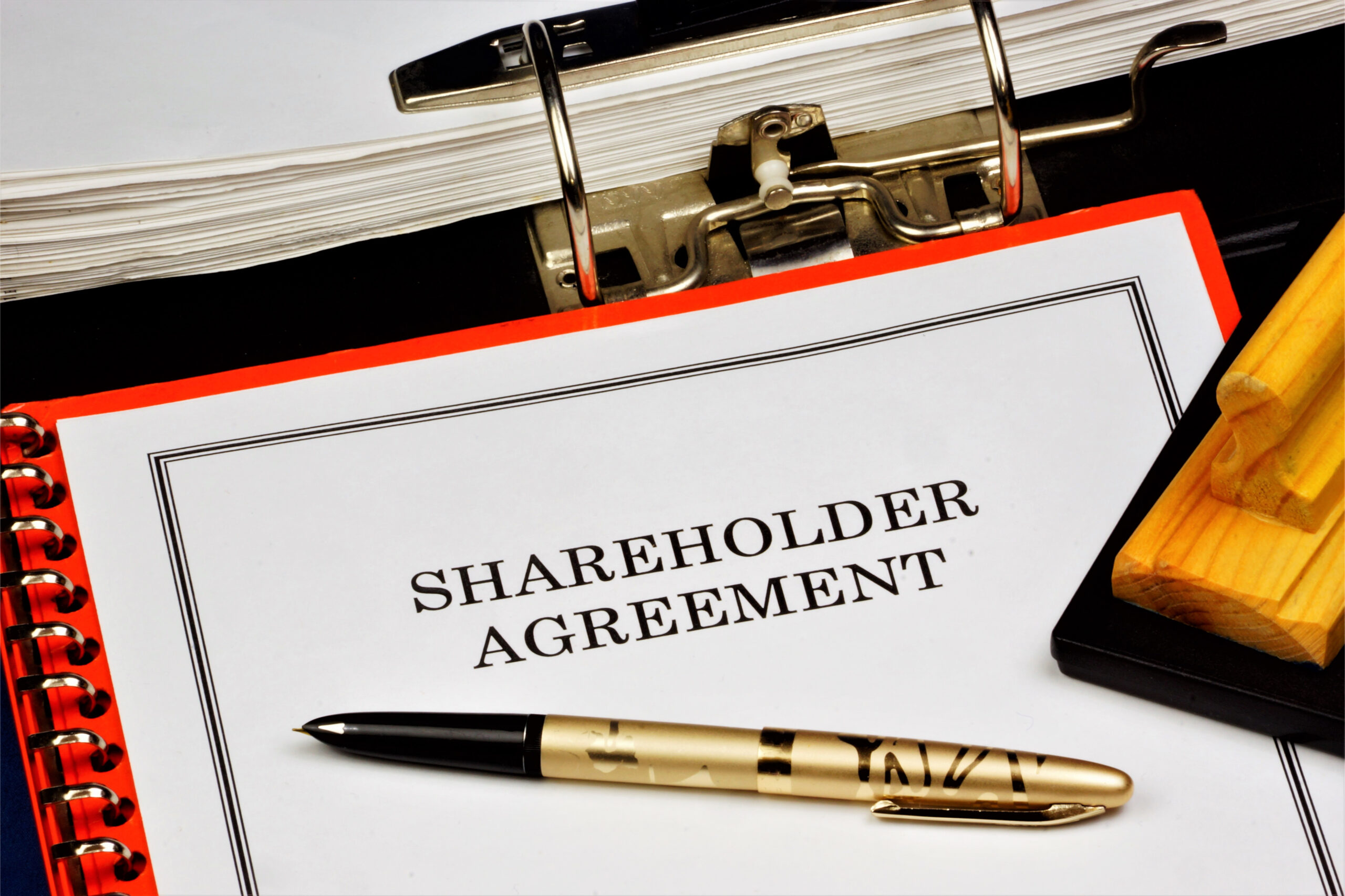A shareholder's contract is an essential document one should draft. It protects shareholders from each other as well as the company.
A shareholder’s contract is an essential document one should draft. It protects shareholders from each other as well as the company itself. A shareholder can protect both parties involved in a business relationship. Learn more about what they are and why they’re so important. When drafting a shareholder contract, keep these five things in mind.
Five Dos in a Shareholder’s Contract.
Do Ensure You Have the Requisite Capacity
A corporate lawyer will always seal the clauses with warranties and representations that each party is capable of doing what it claims. The reason for this is simple. It is common for a party to claim that it is unable to fulfil its obligations when the time comes. The risk could be shared among all shareholder’s contract parties rather than just the defaulting party. This can be avoided if the necessary checks are performed in the first place. More caution is taken ahead of time when parties are dissatisfied, and less money is spent on lawyers.
Do Consult Your Lawyer or Corporate Secretary About Share Issues
Share subscriptions with cancellations and issuances are complicated procedures; lawyers and corporate secretaries are essential advisers to a shareholder’s contract. If done incorrectly or in the wrong order, an improper transaction may invalidate a shareholder’s rights, dilute control, or place the shareholders in limbo. Certain share transactions or Company actions are void unless Shareholder General Meetings are called. Many of these rules are procedural, and the uninitiated would find them enigmatic.
Prepare Clauses for the Forced Acquisition
There is no easy way for any parties to acquire each other’s shares while they are in a Company together. If suppose the parties are unable to reach an agreement on a buyout. In that case, they may be forced to go to court for force sale under the threat of closing up the company and ceasing operations. This is, once again, a waste of time. Parties should think about this possibility and put in place a mechanism for transferring shares ahead of time so that everyone is aware of the acquisition process.
Seek Protection From Dilution
By anti-dilution provisions, existing shareholders contract are protected from involuntary dilution of their stake in the company. Pre-emptive rights, which require an outgoing shareholder to offer additional shares to remaining shareholders before they can be sold to a third party or rights of first refusal, which require an outgoing shareholder to offer shares to remaining shareholders contract before they can be sold to a third party, are examples of this. If these provisions are not in place, shareholders may find themselves diluted, with a smaller share of the company’s profits or even losing control.
Describe Your Funding
Shareholder’s contract should state how the shareholders will pay for the purchase of their shares. This clarifies whether or not funding is included in the shareholders agreement. This is especially useful when non-monetary funding, such as intellectual property or ‘sweat equity’ involving services, is agreed to be part of the shareholder’s contribution. It is possible to receive funding in stages. Alternatively, shares may be vested or issued over a period of time.
5 Don’ts in a Shareholder’s Contract
Don’t Copy a Shareholder’s Contract Template Blindly
It goes without saying that no two shareholder’s agreement are alike, and even boilerplate terms should be reviewed for consistency. Blindly copying can have disastrous consequences when it comes to determining the contract’s contents later on.
For example, Vakilsearch assisted a client who distributed multiple versions of a shareholder’s agreement to various investors without informing his lawyers. As a result, he found it challenging to keep track of which version was signed with whom. When a lawsuit arose, the shareholder was sued by a number of investors. Each of them presented a different version of the shareholder. This effort could have been avoided if he had fully comprehended the terms of the write a shareholder’s contract he was disseminating.
Don’t Rely on the Company Constitution to Protect You
A company constitution establishes some legal rights that are written in a one-size-fits-all fashion. These rights are frequently drafted minimally as well. They do not provide the full protection afforded by a more customised shareholder’s contract. Furthermore, company constitutions are open to the public, implying that there is no privacy when seeking terms. Constitutions also require special meetings’ calling to obtain the required amendments.
Don’t Confuse a Shareholder’s Contract for an Mou or a Term Sheet
A shareholder’s agreement is a legally binding agreement between shareholders. It is not a Memorandum of Understanding (‘MOU’) or term sheet. The difference is that an MOU records ‘understandings’ between parties that parties believe should guide their actions but do not want to be sued for non-compliance. An MOU is typically used as the foundation for a proper shareholder’s contract later on. On the other hand, A Term Sheet is not a shareholder’s agreement but rather a record of the critical terms key element of a shareholder’s agreement at a glance.
Don’t Include Other Relationships in Your Shareholder’s Contract
Shareholder’s agreement can sometimes be interpreted as incorporating a quasi-partnership arrangement. Depending on the terms, they may also include a fiduciary relationship or a duty of care through the back door. Without the parties’ knowledge, such a relationship may impose additional duties or liabilities on them. For example, suppose parties A and B are treated as partners. In that case, any person may sue party A for the wrongs or debts of party B, even if party A did nothing wrong. There could be valid reasons for the parties’ other relationships. Those relationships, however, should be documented separately in such cases.
Don’t View the Shareholder’s Contract In Isolation
Remember that the shareholder’s is only one tool in the toolbox of business protection. It is embedded in an ecosystem of various laws and regulations and a company’s constitution, external contracts, and operations. The interaction of a write a shareholder’s agreement with one of these other factors may render it ineffective or result in unfavourable outcomes to other parties. In a venture capital scenario, for example, the sale of SAFEs or CAREs necessitates the disclosure of any previously secretly held shareholder’s contract. Alternatively, a shareholder provision for violating the company’s constitution may be drafted.
Also, Read:










